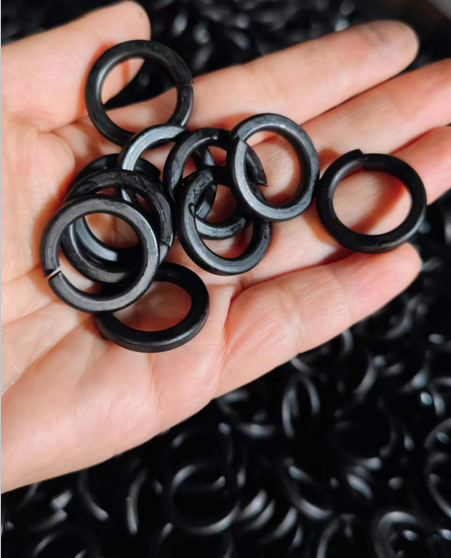Creating a Drywall Screw Installation Schedule for Your Project Needs
A Comprehensive Guide to Drywall Screw Scheduling
When it comes to drywall installation, one of the most crucial yet often overlooked aspects is the scheduling of drywall screws. Proper screw scheduling not only enhances the strength and stability of the wall but also ensures a smoother finish and easier handling during the installation process. In this article, we will explore the importance of drywall screw scheduling, how to effectively schedule screws, and the benefits that come from properly following a drywall screw schedule.
The Importance of Drywall Screw Scheduling
Drywall screws are designed to securely fasten drywall boards to framing structures like wooden or metal studs. The distribution and placement of these screws play a significant role in the overall performance and durability of the finished product. If screws are too far apart or placed improperly, it can lead to issues such as sagging, cracking, or even complete failure of the drywall.
By adhering to a well-defined screw schedule, contractors can ensure that the drywall is properly supported, which helps to
1. Prevent Cracking Proper spacing of screws reduces chance of cracking due to expansion and contraction of the studs. 2. Enhance Stability A well-scheduled screw placement ensures that the drywall is securely anchored, providing better resistance against impacts and other pressures. 3. Achieve a Smooth Finish Properly placed screws minimize the likelihood of creating unsightly bumps or depressions that can make the finishing process more challenging.
How to Schedule Drywall Screws
Creating an effective drywall screw schedule involves understanding several key principles. The following guidelines serve as a general framework for scheduling drywall screws
1. Screw Spacing The typical distance between screws on the edges of drywall sheets should be no more than 8 inches apart. On the field (the area between the edges), screws should be spaced approximately 12 inches apart. These measurements can vary based on specific construction codes or project requirements, so always refer to local regulations.
2. Placement Locations For standard 4' x 8' drywall sheets, screws should be placed along the edges and in the field. Ensure that screws are inserted ½ inch from the edges and at least 1 inch from the ends of the boards. Avoid placing screws too close to the edge, as this can cause the drywall to break.
3. Screw Types Use the correct type of drywall screws, typically coarse-thread screws for wood and fine-thread screws for metal framing. The length of the screw should be appropriate for the thickness of the drywall being used. Generally, 1 1/4-inch screws are suitable for 1/2 inch drywall, while 1 5/8-inch screws are typically used for 5/8 inch drywall.
buy drywall screw schedule

4. Correct Tools Use a drywall screw gun or an electric drill with adjustable torque settings to ensure screws are set to the correct depth. Overdriving screws can damage the drywall, while under-driving can create protrusions.
5. Checking for Level and Plumb Before securing screws, double-check that the drywall is level and plumb. This will prevent future issues and ensure that your screws are placed in the right locations.
Benefits of Following a Drywall Screw Schedule
Adhering to a drywall screw schedule not only leads to a higher quality installation but also offers several additional benefits
- Time Efficiency A planned approach minimizes time spent on adjustments and rework, making the installation process more efficient overall.
- Cost-Effectiveness By reducing waste associated with material failure and reinstallation, a well-executed screw schedule can save money in the long run.
- Aesthetics Following a screw schedule contributes to a cleaner finish, allowing for smoother joint finishing and providing a professional look to any project.
- Structural Integrity Ensuring that drywall is securely fastened promotes the longevity of the installation and maintains the structural integrity of the walls.
Conclusion
A well-implemented drywall screw schedule is essential for achieving a professional and durable drywall installation. By understanding the importance of screw spacing, placement, and type, contractors can ensure that their projects meet high standards of quality and safety. Whether you're a professional contractor or a DIY enthusiast, following the guidelines laid out in this article will contribute significantly to the success of your drywall project. Remember, the attention to detail in scheduling screws can make all the difference in the final outcome!
-
Top Choices for Plasterboard FixingNewsDec.26,2024
-
The Versatility of Specialty WashersNewsDec.26,2024
-
Secure Your ProjectsNewsDec.26,2024
-
Essential Screws for Chipboard Flooring ProjectsNewsDec.26,2024
-
Choosing the Right Drywall ScrewsNewsDec.26,2024
-
Black Phosphate Screws for Superior PerformanceNewsDec.26,2024
-
The Versatile Choice of Nylon Flat Washers for Your NeedsNewsDec.18,2024










